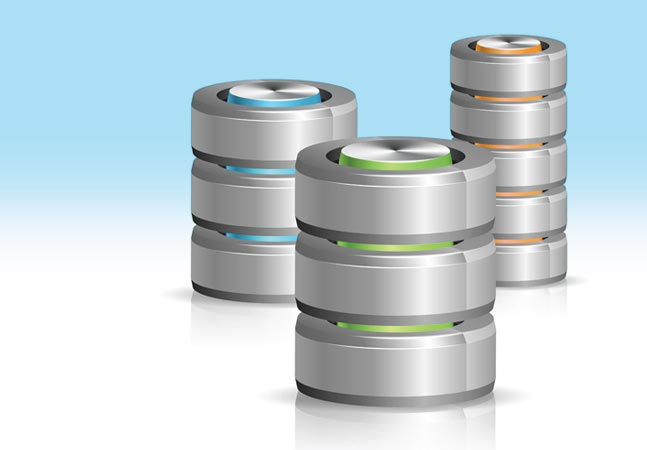
Integrating distributed, in-memory computing with distributed caching can easily extend LINQ semantics to create important new capabilities for real-time analytics on fast-changing data.
- By William L. Bain
- 08/08/2016

Learn how Xamarin.Forms Behaviors and Effects make it easy to customize your apps in ways you can reuse them across all of your apps.
- By Greg Shackles
- 08/03/2016

As you're debugging in Visual C++, sometimes you'll see a message in the Output Windows and then try to go the code it refers to, which can take a few steps. Here's a little trick in coding efficiency that simplifies moving from log messages to source code.
- By Bartlomiej Filipek
- 08/01/2016

Here's a tip about how to exploit Entity Framework's change tracking mechanism to -- possibly -- eliminate a trip to the database when you update an item. But, without some additional code, you probably can't use it.

The Universal Windows Platform comes with rich media capabilities. In this article Nick explores how to customize and extend the media playback experience using the Player Framework.
- By Nick Randolph
- 07/27/2016

If you've used attributes in your C# or Visual Basic programs, then decorators in TypeScript are going to look very familiar to you. They're still in development, but here's a look both at how to use them and how to write them.

Or, how lifetime can mean different lengths of time, depending on whether it's procedural- or block-level.

There are so many ways to integrate an SSRS report into your page that the biggest problem you'll face is deciding which one to use. Peter runs through all the solutions he can think of, including those cases where you want to download the report as a file.

Here are three rules for defining ASP.NET MVC routes that you can actually understand.

You know how to run business-readable tests. Let's continue with a few more hooks.
- By Jason Roberts
- 07/14/2016

Debugging is a crucial part of the development process. In this new series of tried and true C++ tips, we look at the basics of debugging and step through some more advanced debuggings tips for C++ developers.
- By Bartlomiej Filipek
- 07/13/2016

R has limited support for mathematical permutations, but it's there. Here's what R is capable of accomplishing.
- By James McCaffrey
- 07/12/2016

If you adopt the Interface Segregation principle, then you can eliminate (or, at least, control) one of the most annoying problems in creating very useful objects. But following that principle through to its conclusion also inverts the traditional hierarchy of the development team.

It pays to be explicit and not use the emotional defaults of each language.

You can write some complicated code to ensure that you don't create any object until you absolutely need it. Or you can use the Lazy object...at least some of the time.

If you're looking for an easy way to save the user's current state, the simplest solution is use the Serialize and Deserialize method.

JSX+React provides a flexible way for you to structure your client-side code to two things you want: dynamically transform your page in response to your user's input, and to integrate with ASP.NET MVC action methods.

Like magic, tuples make the impossible possible. Yep, we're talking here about one little corner in the Standard Template Library that will make it simple to return multiple values from a single function, without "out" parameters -- and it has other uses, too.
- By Kate Gregory
- 06/22/2016

SpecFlow offers a number of binding styles for bridging business-readable tests with test-automation code.
- By Jason Roberts
- 06/21/2016

Here's another way to make applications more scalable and more responsive to the user: store some application data on the user's computer.

It's not quite like C# or Python, but the R language's object-oriented programming capabilities are getting better with each iteration. Let's take a look at what .NET developers are able do now with OOP in R6.
- By James McCaffrey
- 06/16/2016

Nothing and null are one and the same, except in the language of programming.

In any real-world business, updating data isn't simple and changing the rows in the table is just the start of a complex set of processes. Fortunately, you can break those updates down into a bunch of simple processes that can be easily extended.

You couldn't do it in earlier versions of Entity Framework but, in more recent versions, you can use lambda expressions to save yourself from some runtime errors.

Null pointer exceptions can get downright annoying, so who needs that?
- By Kate Gregory
- 06/08/2016